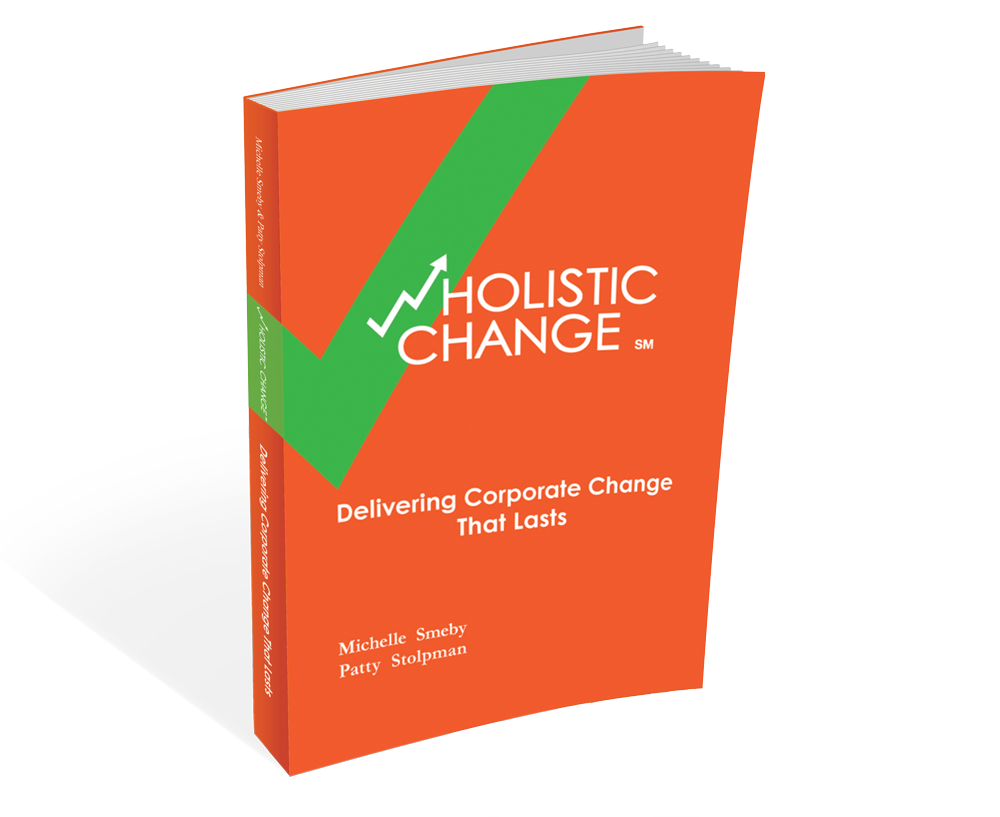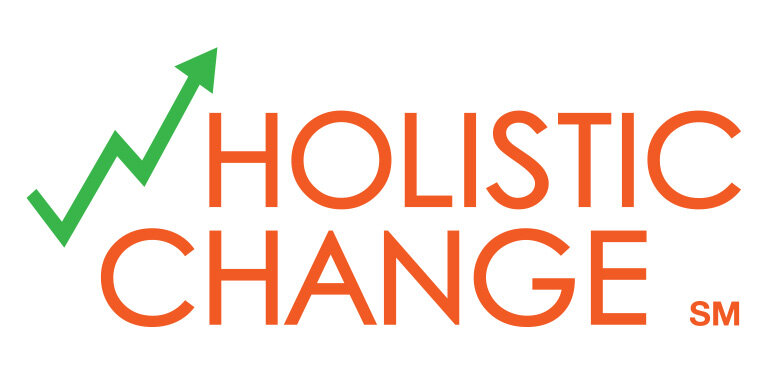Patty and I have blogged before about the importance of creating templates, job aids, training materials, etc to make sure your employees who have to actually change their behavior have the tools they need to adopt the change the way you need them to. Since this is such an important factor in whether the change takes hold (and how quickly), I wanted to revisit the considerations to make sure you are setting your people up for success:
- How significant is the change from what your organization has been doing to-date?
- What is different from a people perspective? Are there specific tools we should create to explain this change?
- What is different from a process perspective? Are there specific tools we should create to explain this change?
- What is different from a services perspective? Are there specific tools we should create to explain this change?
- What is different from a technology perspective? Are there specific tools we should create to explain this change?
- What is the skill level of the employees that are being expected to make this change?
- Are they recent high school or college graduates, with perhaps little prior experience adopting a new way of performing their work? These employees may require more documentation and training to help them make the change.
- Are they highly skilled workers who easily adapt to a changing environment, process, technology? These employees may just need a clear process diagram and brief instruction to implement the change.
- Is it a mix of years of experience and training who are impacted by the change? This may require a combination of high level and detailed templates, samples, training, etc.
- What is the engagement status of the employees?
- Is the employee engagement level high - meaning they are fully engaged in the need for change, understand it, and just need minor direction to make it happen?
- Is the employee engagement level low - meaning they are not engaged in the need for change, do not understand the context for why this is happening, or perhaps are burned out with the sheer volume of changes that are being imposed on them, and thus require more tools and techniques to get and keep them engaged in changing.
- What is the business environment for the change?
- Are there key customer or market commitments that cannot be affected by the change? If there are specific high profile deliverables that cannot afford to be missed, leadership may want to consider the timing of the change roll-out and the timing for the specific people involved in these projects to adopt the change.
- Are there other major change initiatives being deployed concurrently? Consider the people, process, services, and technology impacts to all the stakeholders per the wHolistic Framework and how their roles will need to change.
- How will we support and govern the change?
- If the change requires mentoring and guidance to ensure people do it correctly (at least at first, until it becomes standard), how do we need to staff? What is the degree of learning curve for the mentors, so we can ensure we have enough trained trainers at launch?
- Have we defined what quality and successful change means?
- How do we plan to monitor to ensure high quality output?
- What is our continuous improvement feedback mechanism to ensure we have direct communication from our employees as the change rolls out?

